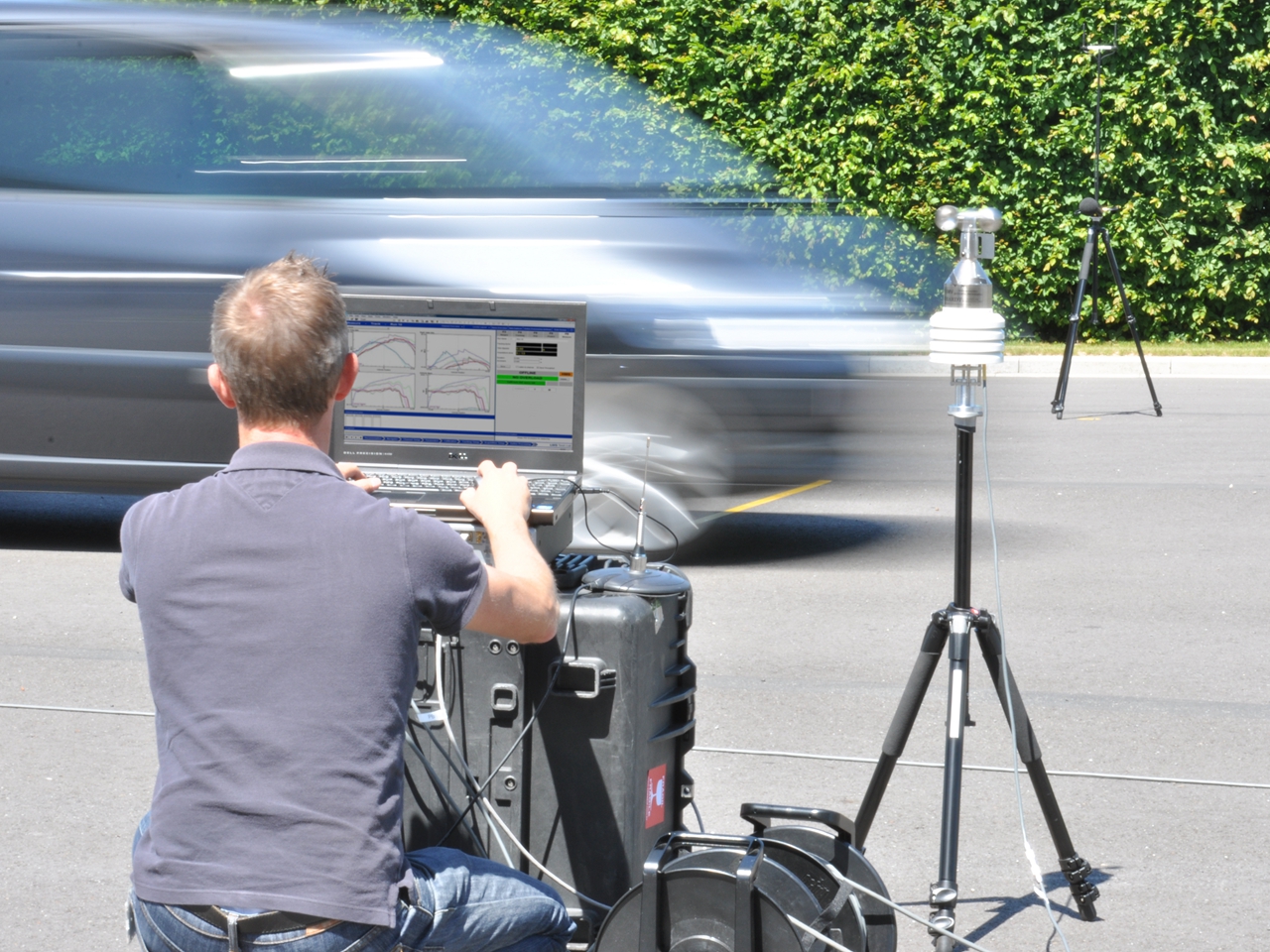Silencing traffic noise with pass-by noise engineering

Four decibels… That’s how much the pass-by noise levels of regular combustion engine vehicles circulating within the boundaries of Europe should be reduced. Noise emission levels should be lowered from currently 72 dB to a maximum of 70 dB by 2020 and 68 dB by 2024. It doesn’t sound like much. However, when engineering a car, from the comfortable family van that is used in the morning to drive kids to school to the modern SUV that gets you to work, it counts. Annoying engine and other components sounds easily add up to the unpleasant bustle of traffic noise.
Why be so adamant about reducing noise levels in the first place? What’s so alarming about it?
Noise impacts health and well-being
It is not open to debates anymore. It is proven that long-term exposure to excessive noise has a negative impact on health. Recent investigations by the European Environment Agency revealed that more than 50 million Europeans today live in urban or suburban areas where noise pollution is too high and leads to health afflictions.

It’s not only about comfort and lifestyle: silencing urban traffic, reducing ambient noise levels is vital. Noise is damaging our health. These 4dB count. Noisy vehicles will in the future simply be banned from European roads.
Implementing pass-by noise regulations
But how can we silence traffic noise? Governments worldwide, and especially in Europe, are taking drastic measures to enforce more stringent regulations. However, achieving the 4 dB reduction is a true challenge, as vehicle manufacturers are already pushing engineering limits to remain below the maximum levels.
ISO 362, ECE.R51., ASEP… Get to know more about the pass-by noise standards and regulations. Understand the definition of the standards and how they evolve. Learn how to test vehicles more efficiently. And finally, understand how pass-by noise engineering contributes to a quieter world.
Follow the free on-demand webinar on pass-by noise testing and engineering: register here.


